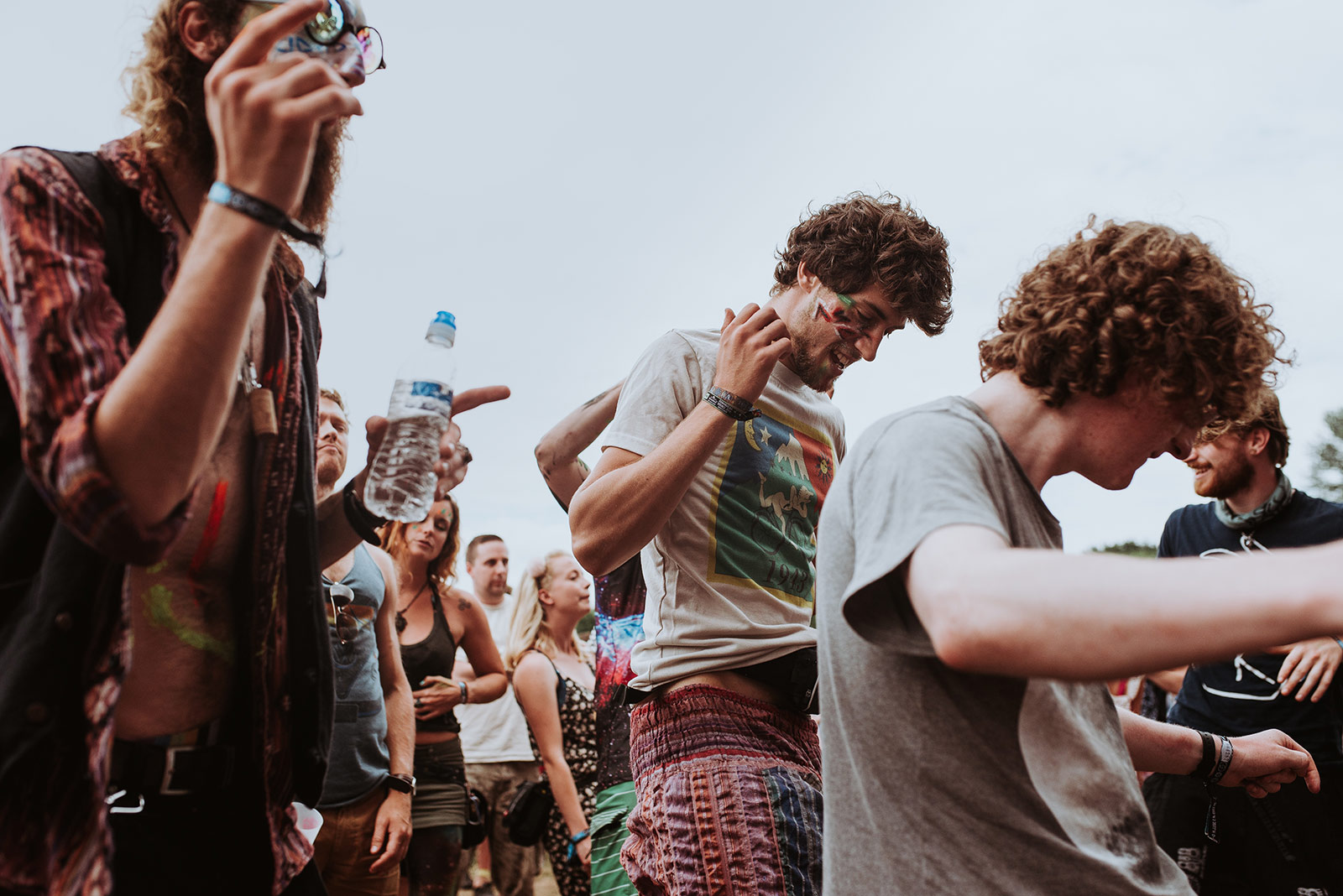Uganda
Uganda Safaris, Holiday Trip Ideas
Uganda, often called the Pearl of Africa, offers one of the most diverse and soul-stirring safari experiences on the continent. While it may not have the sheer scale of wildlife migration like Kenya or Tanzania, Uganda holds something even more rare: the deep, emotional connection of primate trekking, the untouched beauty of lush landscapes, and the feeling of raw, unspoiled wilderness that remains etched in your heart long after you leave.
A Uganda safari is not just about seeing animals—it’s about feeling the breath of the forest, the stillness of the savannah, and the ancient pulse of nature that defines this incredible country.
Uganda Safaris: The Pearl of Africa's Wild Soul
What sets Uganda apart is its rare blend of wildlife experiences—where you can lock eyes with endangered mountain gorillas in Bwindi, track wild chimpanzees in Kibale, cruise the Nile beneath the roar of Murchison Falls, and spot lions and elephants across open plains. It’s the only place in Africa where you can see the Big Five and great apes in a single trip. Uganda’s safaris are intimate, emotional, and uncrowded—an invitation to explore raw nature and discover a deeper kind of adventure.
Best Attraction to make a safari to Uganda So Magical
Gorilla Trekking in Bwindi: A Life-Changing Encounter
The beating heart of any Ugandan safari lies deep in the tangled forests of Bwindi Impenetrable National Park, where half of the world’s remaining mountain gorillas live. Trekking through mist-draped hills, shaded by giant trees and vines, you follow trails that echo with birdsong and the crackle of distant branches. It’s hard work—sometimes muddy, steep, and unpredictable—but when you finally come face-to-face with a silverback, surrounded by his family, the world stands still.
Your hour with these gentle giants is quiet, intense, and emotional. Their eyes, so human, tell stories of survival and resilience. It’s not just wildlife viewing—it’s a deep, spiritual connection to something wild and beautiful that reminds you of your place in nature.
Permits in Uganda are more affordable than Rwanda, at $800 for foreign non-residents, and the experience is equally profound, often described by travelers as “a pilgrimage into the forest.”
Queen Elizabeth National Park: Where the Savannah Meets the Water
This expansive park in western Uganda is where classic safari meets volcanic drama. Queen Elizabeth National Park is famous for its tree-climbing lions in the Ishasha sector—yes, lions that casually lounge in fig trees, an astonishing and surreal sight. The vast savannah is dotted with elephants, buffalo, and Uganda kob, but it’s the Kazinga Channel that steals the show.
Taking a boat safari here, you’ll glide past enormous pods of hippos, crocodiles, and a rich tapestry of birdlife. Buffalo cool off on the shore while elephants splash in the shallows. It’s one of the best water-based wildlife experiences in East Africa, and it adds a serene, immersive dimension to your safari.
Murchison Falls National Park: Where the Nile Roars
In the north of Uganda, Murchison Falls National Park combines power, beauty, and drama. This is where the mighty River Nile explodes through a narrow gorge only 7 meters wide, creating a thunderous waterfall that’s almost overwhelming in force. Below the falls, the river widens into a calm expanse where boat safaris offer front-row seats to elephants drinking, giraffes browsing, and crocodiles sunning on the banks.
Game drives across the northern plains bring sightings of lions, leopards, buffaloes, and antelope, while birders delight in spotting the rare shoebill stork—a prehistoric-looking creature often seen in the swamps.
Murchison is a place of contrast and power—where quiet riverbanks give way to roaring water, and every turn in the road offers a new spectacle of life.
Kibale Forest: The Primate Capital of East Africa
If you’re drawn to the intelligence and emotion of primates, then Kibale National Park is your paradise. This dense tropical forest in western Uganda is home to over 1,500 chimpanzees, many of which are habituated to humans for trekking. Tracking them is fast-paced, thrilling, and incredibly rewarding.
You can also encounter 12 other primate species in Kibale, including red colobus, L’Hoest’s monkeys, and blue monkeys. The experience feels vibrant and alive, with the canopy above constantly rustling with motion and the forest floor echoing with hoots and calls.
Kidepo Valley: Uganda’s Hidden Wilderness
For the intrepid explorer, Kidepo Valley National Park in the remote northeast is Africa at its rawest and most untouched. Vast plains stretch to the horizon, broken only by distant mountains and the silhouettes of wildlife moving across the land. This is Uganda’s least-visited park, and arguably its most beautiful.
Lions, cheetahs, elephants, and buffalo roam freely here, unbothered by crowds. You’ll share the landscape with only a few other travelers and the Karamoja people, whose traditions and resilience echo the wildness of the land itself.
Best Time to Visit Uganda for Safari
Uganda is a year-round safari destination, but the dry seasons (from June to August and December to February) offer the best conditions for trekking and wildlife viewing. Trails are firmer, and animals are easier to spot around waterholes and open areas.
During the green season (March to May and September to November), the forests are lush and alive with color—ideal for photography and birdwatching—but rain can make roads and trails more challenging.
What Makes Uganda Safaris Special?
Uganda’s safaris are intimate, varied, and deeply moving. It is the only country where you can see mountain gorillas, chimpanzees, and the Big Five within a single trip. But it’s also a place where nature feels sacred. Unlike the sometimes commercial feel of larger parks in other countries, Uganda’s wild places remain deeply authentic. You won’t find large crowds, and many moments will feel like they belong only to you.
Moreover, Uganda is rich in culture and community-based tourism. Whether you’re visiting a Batwa community near Bwindi or joining a coffee-making tour in the foothills, the human stories here are as powerful as the wildlife.





